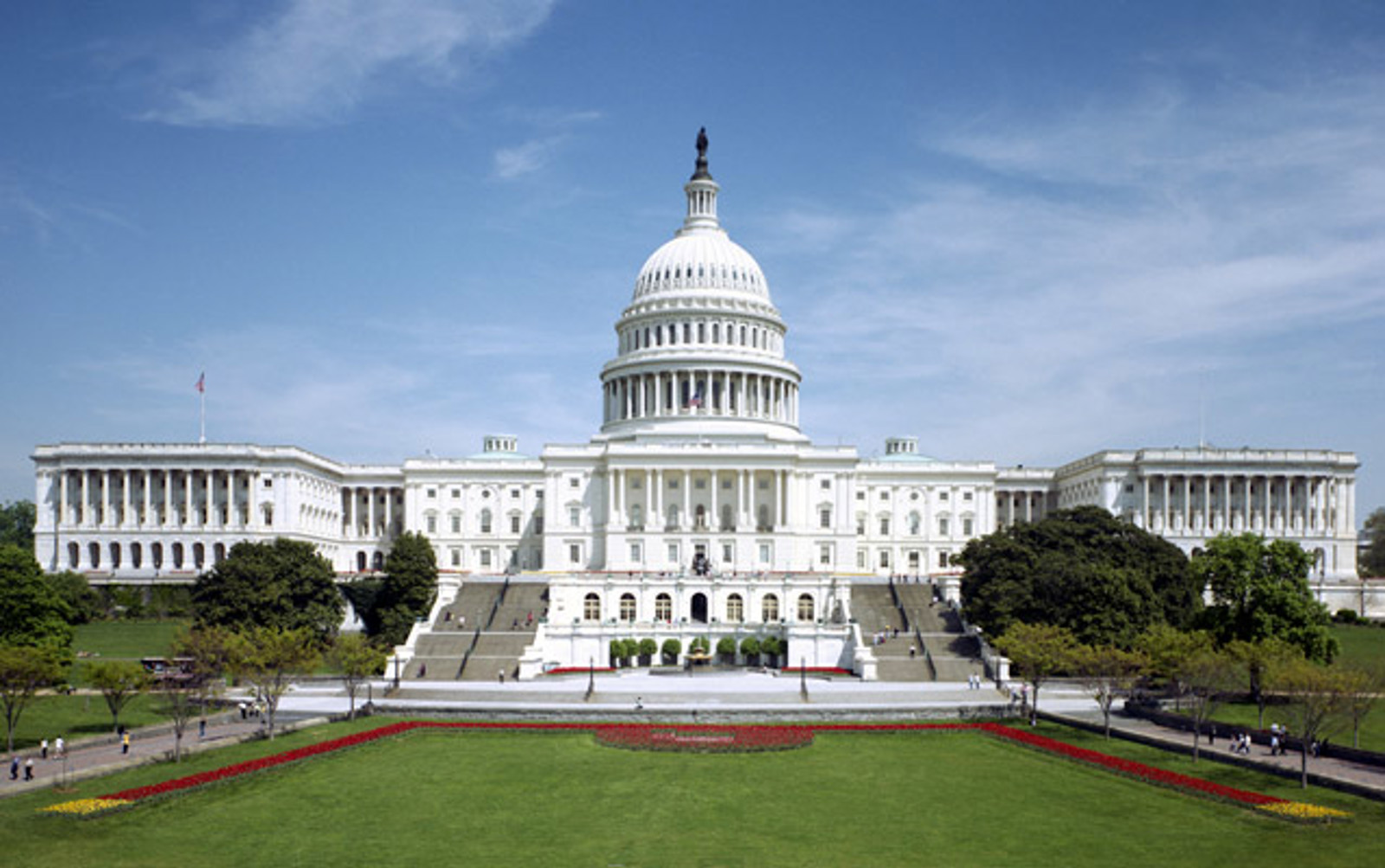April 16, 2021
Biden Skinny Budget Hints at Double Pell
President Joe Biden submitted a “skinny budget” to Congress on April 9, which hints at a forth-coming plan to double the Pell Grant, anchored by a $400 increase in the maximum award for FY 2022.
The plan proposes a $3 billion increase in annual funding for the Pell Grant program, to allow for an appropriated $400 increase in the maximum award, and the inclusion of DREAMER students. Briefing materials and conversations with Office of Management and Budget (OMB) officials indicate that the $400 appropriated increase is the first piece of a “comprehensive proposal to double the Pell Grant maximum,” which will be announced later this spring. The larger proposal is expected to include mandatory spending for Pell Grants and be part of the complete budget request. While it is unclear if the proposal will be included in the next recovery plan, being touted as the “American Families Plan,” administration officials have said the higher education community “will be happy with the proposal.”
The education budget highlights also include a $600 million increase for “under-served, under-resourced intuitions and student support,” targeted at Historically Black Colleges and Universities, minority-serving institutions and other institutions. TRIO and GEAR UP are expected to garner increased support as well.
New administrations often submit their first budget request in more than one piece. With the ongoing pandemic, the Biden Administration’s plans are coming out in multiple ways. The so-called “skinny budget” includes the administration’s request for the top line amounts for FY 2022 discretionary funding, which are the amounts the Congressional Appropriations Committees provide annually to agencies.
Overall, the budget request is $1.5 trillion for discretionary spending, with $753 billion for defense and $769 billion for non-defense spending. The almost 16 percent increase in non-defense spending would bring that category back to its 30-year average of representing 3.3 percent of GDP. In the defense category, Overseas Contingency Operations funding is rolled into total funding, and the category has an increase of 1.7 percent.
The Department of Education increase of 40 percent, or $29.8 billion to $102.8 billion, is by far the largest proposed increase. While the skinny budget does not provide program-by-program details of the administration’s request, briefing materials and conversations with OMB officials note that the bulk of the increase is targeted at doubling funding for Title I high-poverty public schools, and significantly increasing funding for IDEA special education programs.
Even without the program-by-program request levels, the “skinny budget” allows Congress to start work on the FY 2022 appropriations process. For the first time in a decade, Congress does not have statutory budget caps to limit spending. In the next step, Congress will decide what its top line budget numbers are, how they compare with the Biden request, and write a FY 2022 budget resolution to set the appropriations process in motion.
The plan proposes a $3 billion increase in annual funding for the Pell Grant program, to allow for an appropriated $400 increase in the maximum award, and the inclusion of DREAMER students. Briefing materials and conversations with Office of Management and Budget (OMB) officials indicate that the $400 appropriated increase is the first piece of a “comprehensive proposal to double the Pell Grant maximum,” which will be announced later this spring. The larger proposal is expected to include mandatory spending for Pell Grants and be part of the complete budget request. While it is unclear if the proposal will be included in the next recovery plan, being touted as the “American Families Plan,” administration officials have said the higher education community “will be happy with the proposal.”
The education budget highlights also include a $600 million increase for “under-served, under-resourced intuitions and student support,” targeted at Historically Black Colleges and Universities, minority-serving institutions and other institutions. TRIO and GEAR UP are expected to garner increased support as well.
New administrations often submit their first budget request in more than one piece. With the ongoing pandemic, the Biden Administration’s plans are coming out in multiple ways. The so-called “skinny budget” includes the administration’s request for the top line amounts for FY 2022 discretionary funding, which are the amounts the Congressional Appropriations Committees provide annually to agencies.
Overall, the budget request is $1.5 trillion for discretionary spending, with $753 billion for defense and $769 billion for non-defense spending. The almost 16 percent increase in non-defense spending would bring that category back to its 30-year average of representing 3.3 percent of GDP. In the defense category, Overseas Contingency Operations funding is rolled into total funding, and the category has an increase of 1.7 percent.
The Department of Education increase of 40 percent, or $29.8 billion to $102.8 billion, is by far the largest proposed increase. While the skinny budget does not provide program-by-program details of the administration’s request, briefing materials and conversations with OMB officials note that the bulk of the increase is targeted at doubling funding for Title I high-poverty public schools, and significantly increasing funding for IDEA special education programs.
Even without the program-by-program request levels, the “skinny budget” allows Congress to start work on the FY 2022 appropriations process. For the first time in a decade, Congress does not have statutory budget caps to limit spending. In the next step, Congress will decide what its top line budget numbers are, how they compare with the Biden request, and write a FY 2022 budget resolution to set the appropriations process in motion.

